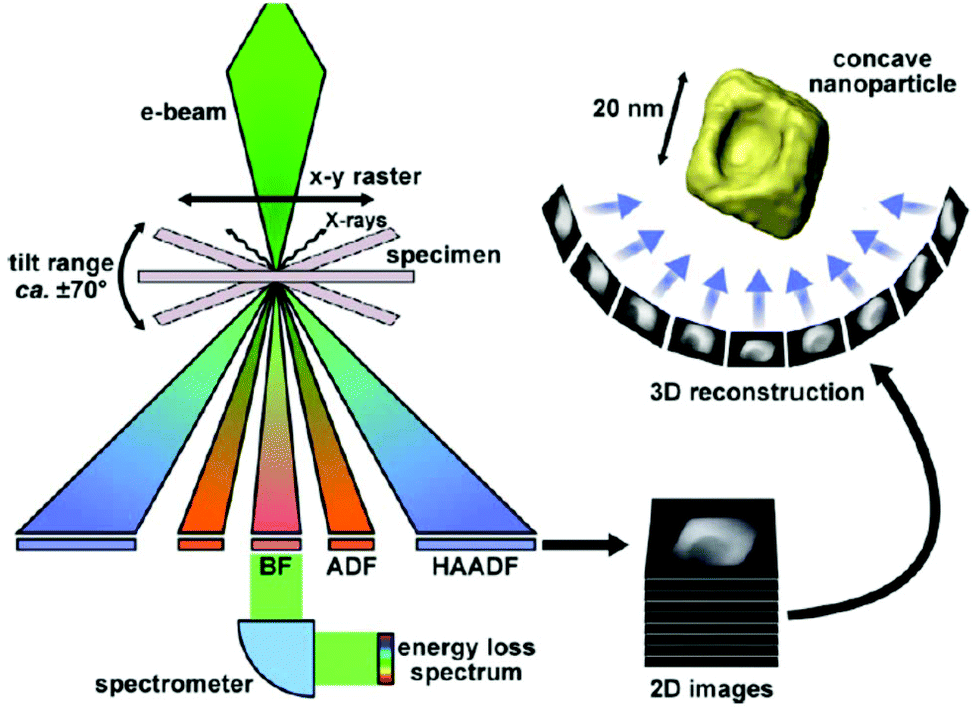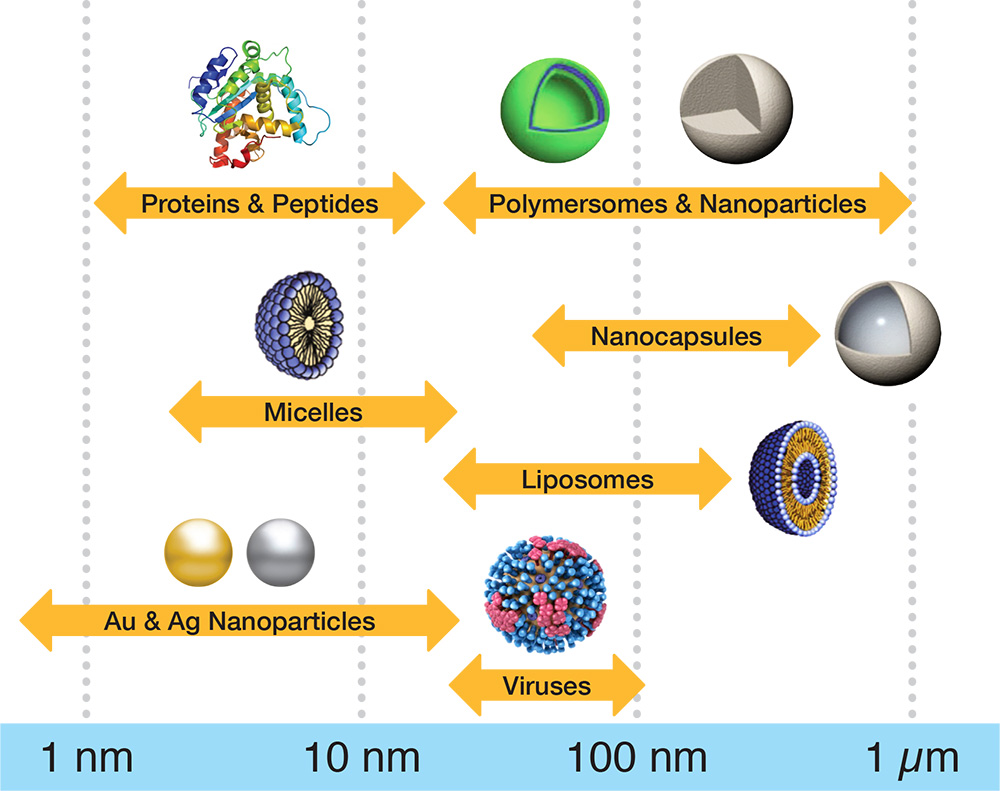For the Size Measurement of Nanoparticles Which Technique Is Used
Towards reproducible measurement of. Today DLS is the technique used most commonly in particle sizing as it is easy to use and offers high accuracy.

Characterization Techniques For Nanoparticles Comparison And Complementarity Upon Studying Nanoparticle Properties Nanoscale Rsc Publishing Doi 10 1039 C8nr02278j
Nanostructures have attracted huge interest as a rapidly growing class of materials for many applications.

. DLS is an ideal screening tool for biopharmaceutical formulations and other nanomaterials. There are several techniques commonly used to study nanoparticles. Because each of these techniques relies on slightly dif-ferent.
Nanoparticle tracking analysis NTA is a nanoparticle visualization technique that provides size count and concentration measurements. The AFM offers the capability of three dimensional visualization and material sensing to measure the size height morphology surface texture and roughness of nanoparticles. TEM imaging is the preferred method to directly measure the particle size grain size size distribution and morphology of nanoparticles.
Some of these techniques involve measuring the physical size of the nanoparticle others involve measuring the hydrodynamic size of the nanoparticle for instance they. DLS offers unique benefits such as. Some of these are labour intensive and time demanding whereas others are cost effective and user friendly.
DLS often referred to as photon correlation spectroscopy is one of the very commonly utilized techniques to determine the size of nanoparticles. This technique is very good for. NTA delivers an unprecedented insight.
Morphology measurements can be broken. Sizing accuracy is typically within 3 of the. Electron microscopy is used in part as a particle size analysis technique that is either implemented as transmission electron microscopy or.
Electron microscopy and scanning probe microscopy are the dominant. You may measure the diameter of nanoparticles using Dynamic Light Scattering DLS technique also known as Quasi-Elastic Light Scattering QELS and Photon Correlation. Table 1 Summary of the.
The most frequently used and user friendly NP size characterisation. In this work we. Survey of Measurement Techniques There are many instrumental techniques that can determine morphology ie size and shape at the na-noscale.
AFM to measure the shape and size of nanoparticles and which size measurands the technique utilizes eg. The techniques and measurement tools used to measure the disperse parameters of nanoparticles applied in reference equipment are described. The use of DLS.
The standard technique used to measure the size distribution of nanometer-sized particles in suspension is dynamic light scattering DLS. Microscopy methods generate images of individual nanoparticles to characterize their shape size and location. A 2008 paper defines DLS as a technique that uses time variation of.
Below we list six methods that provide information either on the ensemble level E or a. Experimental results of the. Measurement of small particles is very slow and therefore the process of repeating testing can be tedious.
The most basic method to measure the size of nanoparticles is the size analysis from the picture image using the transmission electron microscope TEM which could also. The measurement of nanoparticle size and size distribution is important to the development of pharmaceutical nanoparticle products and their manufacturing processes. Several techniques have been used to characterize the size crystal structure.
We can also measure size distribution degree of aggregation surface charge and surface area and to some extent evaluate the surface chemistry5 Size. Besides NTA these include. Get data in less than a minute Full nanometer size range.
Electron microscopy for particle size analysis. There are a range of analytical techniques that you can use to extract information about the nanoparticle size.
.jpg)
Nanoparticle Tracking Analysis Nta For Size And Concentration Measurements Of Drug Delivery Nanoparticles

Tem Nanoparticle Analysis Nanocomposix

Light Scattering For Size Size Distributions Dynamic Light Scattering

Six Measurement Techniques For Nanoparticle Size Characterization
No comments for "For the Size Measurement of Nanoparticles Which Technique Is Used"
Post a Comment